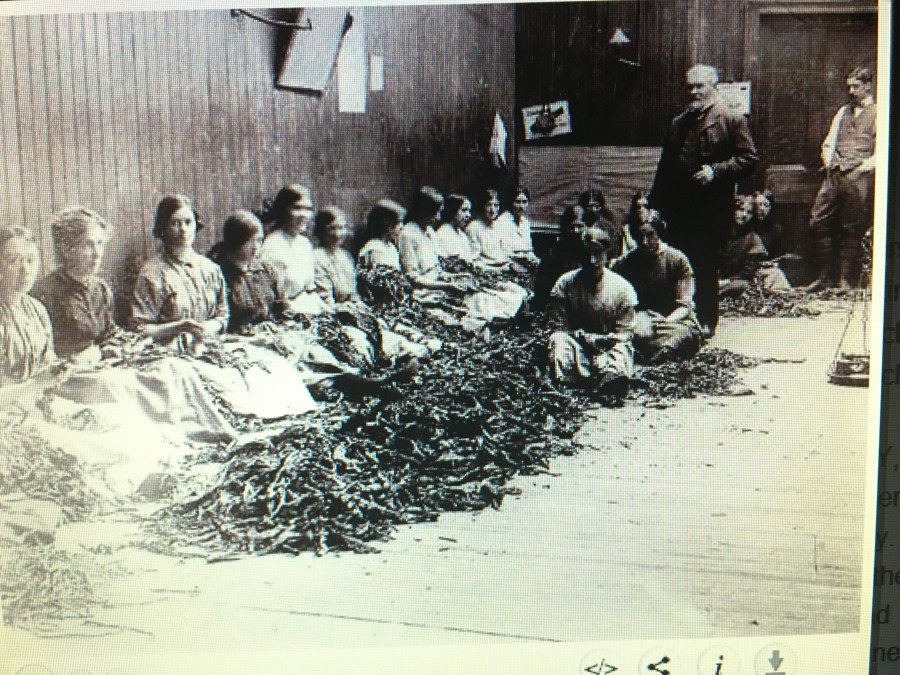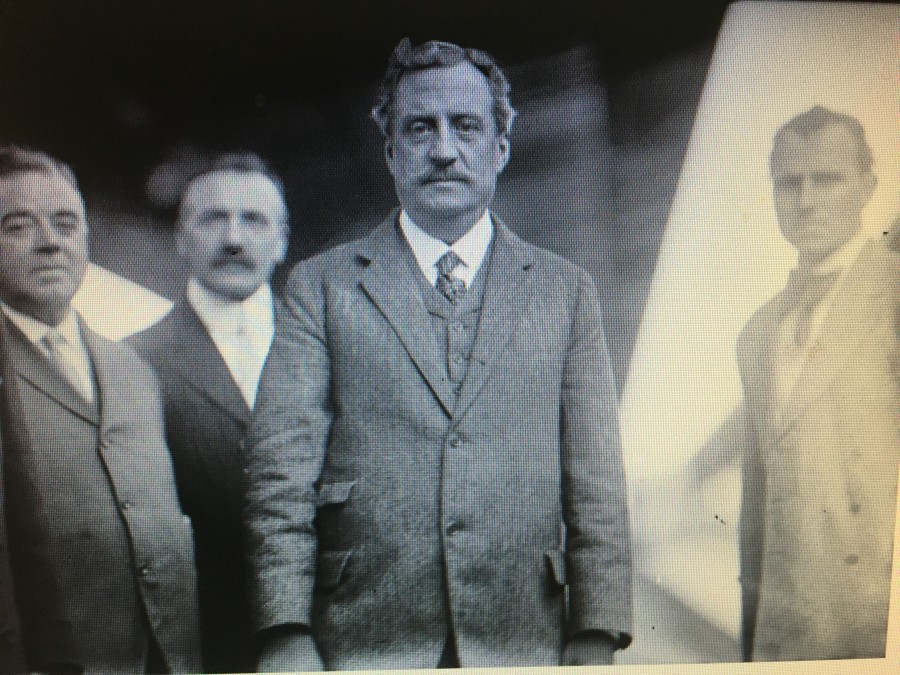Kieran’s Our City, Our Town,
Cork Independent, 9 June 2016
Remembering 1916, Life at the Front
For early June 1916, the diversity of news stories is very interesting to read in local newspapers such as the Cork Examiner. One hundred years ago exactly amidst the backdrop of military curfews and Frongoch deportations, the references to those Corkmen fighting on the western front was significant, primed with propaganda but also touching.
On 29 May 1916 the management of Cork Opera House began a week long “instructive entertainment programme” in a series of cinema war records. Photos of a number of celebrities identified with the Allies cause, were popular. These were followed by several clever cartoons illustrating the “artist’s conception of things”, and the pointed humour of some of these were created to evoke applause. Scenes on the streets of Johannesburg, South Africa, were displayed as well as British and French battleships in action off the Turkish coast. Smaller craft were shown doing scouting duty. A French airman was also shown decorated on board a battleship for his daring feats. Somewhere in France or Flanders was the next scene of operations. Neuve Chapelle and other villagers were presented after the German bombardment. The desolation of the landscape was pictured – nothing but ruins stood where once churches, schools, public buildings, or industrial establishments flourished. The commentary on the war then led to images of graveyards, where lay hundreds and hundreds of dead soldiers. From ruined villages one was taken to the British trenches, where all the phases of modern warfare were vividly photographed. A battery of 18-pounders was shown in action against a German blockhouse, which was blown to bits.
Trench life was highlighted – the Grenadier Guards marching past to the firing line as well as a Welsh battalion. The greatest interest focused on the Irish regiments. The Royal Irish, the Munsters, and the Connaughts were shown going to Roman Catholic Mass at the front, and then marching off into action. Captain William Redmond MP (for Tyrone East) of the Irish Guards was recognised leading his company to the trenches, and he received audience applause. The work of the Royal Army Medical Corps (RAMC) was detailed. On mobilization the Corps consisted of approximately 9,000 other ranks, by 1918 there were 13,000 RAMC Officers and 154,000 other ranks. Words of praise were given to the camera operators/ producers for having secured fine pictures under exceptionally unfavourable circumstances of difficulty and danger. Some of the pictures were taken within 150 yards of the enemy’s front trenches. The war pictures were to be shown twice nightly at Cork Opera House during the first week of June 1916. There was be a matinee on the Saturday at 2.30 pm.
On the 1 June 1916 further preparatory work began on the establishment of the Government Munitions Factory in Cork. Provision was to be made for the accommodation of those tenants of St Peter’s Market who were to be dislocated. There were to be in all some 78 tenants to be provided for by Cork Corporation. As the accommodation available in the northern avenue of the Bazaar Market only measures 133 feet by 42 feet, with a wing 40 feet by 20 feet, about seventeen tenants, who would otherwise be without room, would have to be accommodated in a new annexe, which was to be built in Portney’s Lane, adjoining, on the site of some old houses recently demolished. An amount of work had to be done, and this included not only the draining of the northern avenue of the Bazaar Market but also the concreting of a large portion of the floor. It was expected that some time would elapse before St Peter’s Market could be handed over to the Government authorities.
In early June 1916, there was much anxiety by the relatives of Corkmen serving in the various units of the British Navy understood to be on duty in the North Sea area. There were many inquiries as to the arrival of casualty lists. It was announced that the three destroyers – Nomad, Nestor and Shark – had been sunk. In and around Kinsale, from which district alone several hundred were serving in the Royal Navy, a considerable proportion of them were in the Grand Fleet. Crosshaven, Ringaskiddy and Aghada were also represented. The full official casualty lists required some days to complete.
On 2 June, the Cork Examiner related the contribution of Lambkins Tobacco and the story of the “boys in the trenches” needing a smoke. Lambkin’s of Cork figured high up on the list of reputable brands. The company had just received a third order for 20,000lbs of tobacco for 320,000 men – so that each would receive an ounce of tobacco. The mixture was made up of two of the best American leaves and a special growth, the result being a smoke that is full flavoured and cool. The making up, packing etc, was mostly carried out in the factory, and it gave a good deal of employment, as well as a huge financial boast to the Cork box industry. Lambkins Factory was based in Fishers Street Merchant’s Quay, Cork. It was observed that the ladies often packed a love message in the tins, which were for dispatch to front line troops.
To be continued…
Captions:
847a. Photograph of staff of Lambkins Snuff and Tobacco Factory (source: Cork City Library)
847b. Captain William Redmond, Irish Guards, c.1916 (source: RTE Archives)

